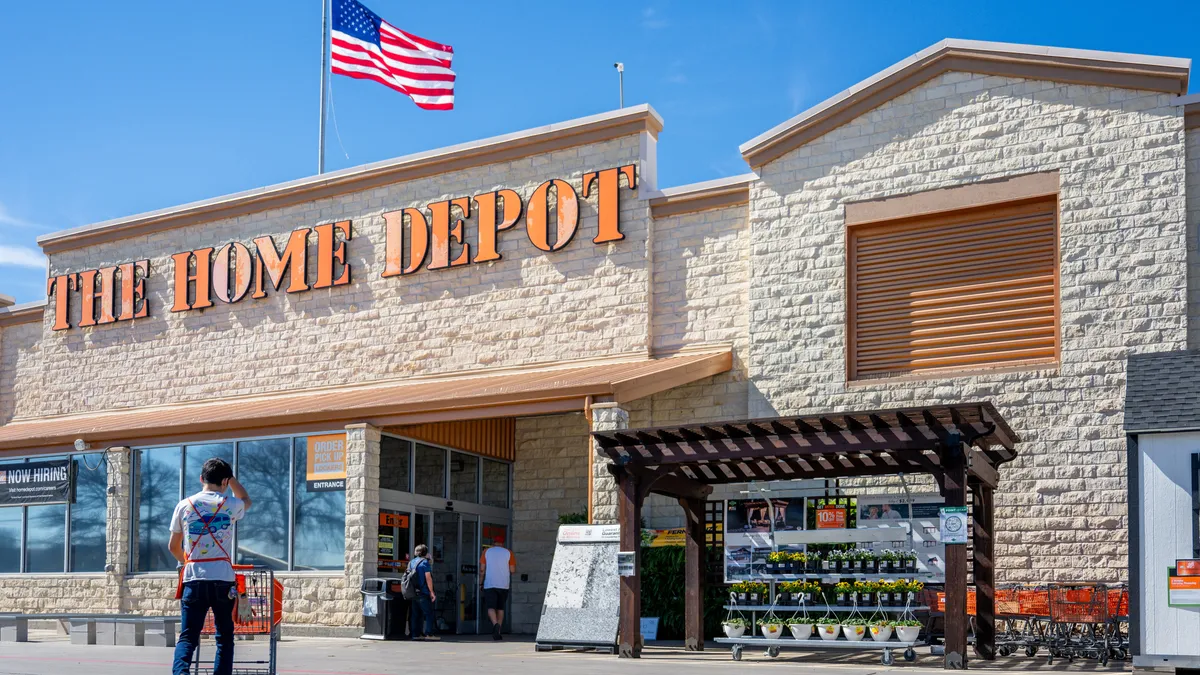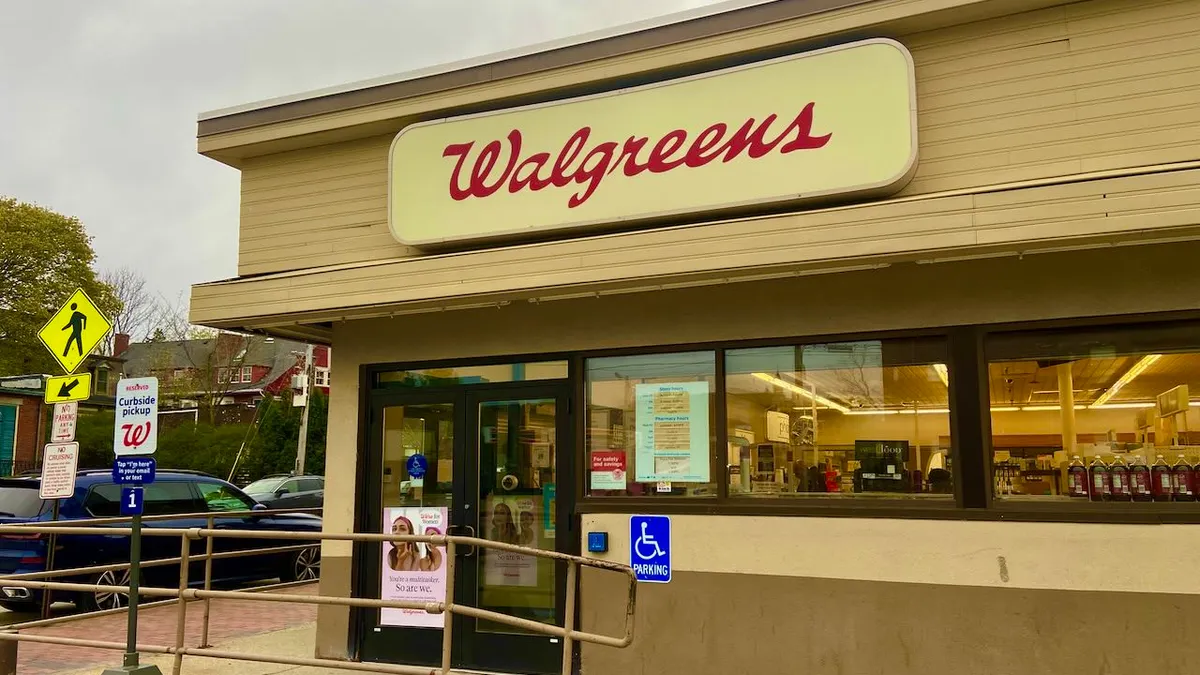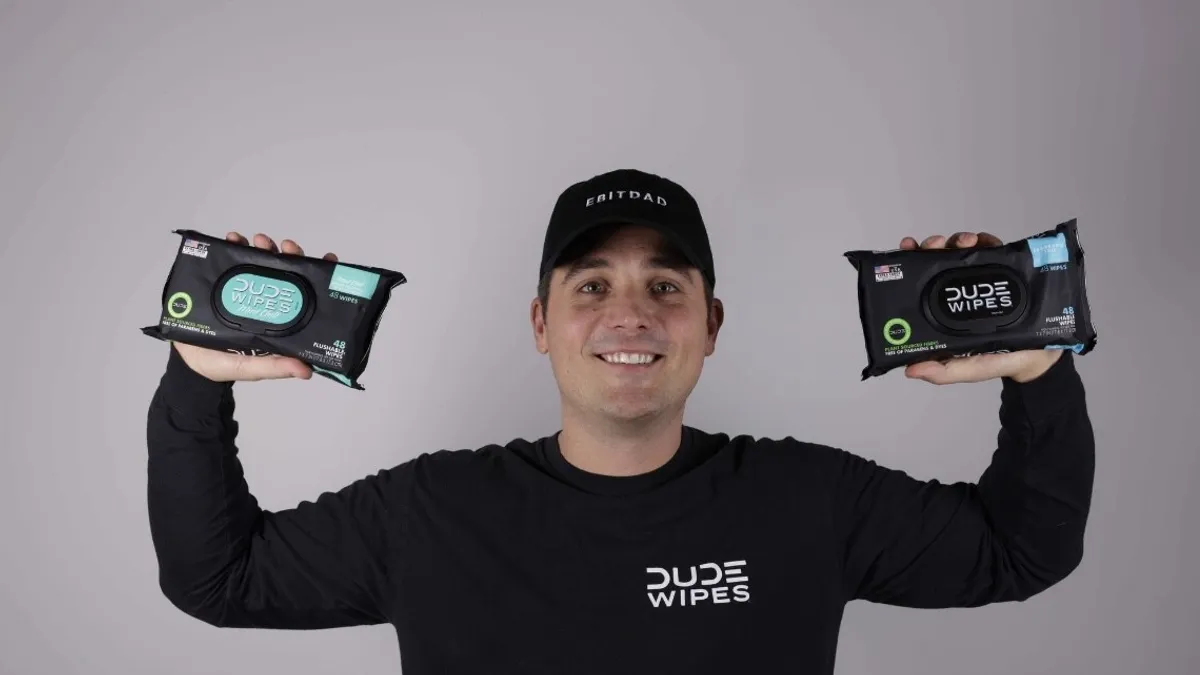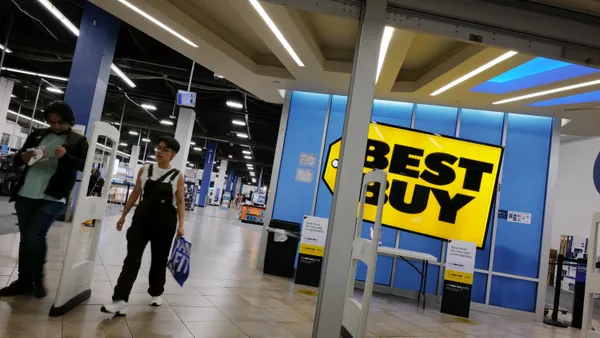Petco’s announcement last week that it had reached a deal to sell itself to private equity firm CVC Capital Partners Ltd. and Canadian Pension Plan Investment Board for approximately $4.6 billion was the latest big news of pet supplies retailers making moves to position themselves strategically for growth in a highly competitive retail space.
Growing pet ownership and pet love is leading Americans to spend more on food, toys, and other products, making pet supplies retail a bright spot in an otherwise somewhat-dim retail landscape. But competition is fierce in the market, and growth isn't necessarily smooth.
Past deals
TPG Capital and Leonard Green & Partners, which bought Petco for $1.8 billion and took it private in 2006, had pursued a dual-track process considering both the options of an auction and a possible IPO. The announced deal is one of the biggest leveraged buyouts this year, according to the Wall Street Journal.
About a year ago, the retailer had announced its own acquisition of pet supplies and pet medicine e-retailer Drs. Foster & Smith, which continues to operate as a separate brand, along with its affiliated sites, LiveAquaria.com and PetEducation.com. That acquisition has given Petco a hand in the lucrative veterinary prescription medicine business.
Meanwhile, rival PetSmart last year was bought by a London-based private equity firm, which took the company private in order to restructure and aim for growth.
There once was talk of a PetSmart-Petco merger, as late as September in fact, which fell apart over concerns that interference from the Federal Trade Commission was likely, due to significant antitrust issues. The two rivals are fairly well matched, with similar ratings when it comes to overall loyalty and product offers. Petco, though, may have more underperforming stores, according to NewBrand Analytics.
Growth in pet supplies
These moves are a sign of the changing nature of consumers’ approach to their pets, who are more than ever considered members of the family privy to the best in food, toys, and care. Petco seemed to recognize this with their slogan change from “Where Healthy Pets Go” to “The Power of Together.”
That’s leading to more spending, research shows. Households that view their dogs as family members spent $438 on average at the vet, compared to $266 in households that view their dog as a “pet or companion,” and $190 on those who view their dog as property, according to the American Veterinary Medical Association. More Americans are pet owners these days, too, increasing from 53.6% to 56.5% between 2009 and 2013, with pet ownership in nearly 67 million households.
Those who spend the most tend to be health-conscious themselves and, no surprise, wealthier, with incomes that top $70,000, Nielsen SVP of global consumer insights James Russo told the Los Angeles Times. "The overall consumer landscape has a major focus on health and wellness. That trend filters into our pets. Pets are an incredibly important part of families.”
And they’re also a reflection of the high level of competition these days, with general retailers like Target and even grocery stores getting into the pet supplies business. Even drugstore retailer Walgreens, in its bid to boost its health care services, includes veterinary care in some areas.
Loyalty and local
Pet supplies retail sales reached $74 billion in 2014, and are expected to be $91 billion in 2019, according to a Packaged Facts report. And while more than half of that revenue goes to the big two — PetSmart and Petco — many smaller retailers are also thriving in the space.
As Americans have become more attentive to their pets, and more willing to spend money to ensure their pets’ comfort and health, many have also switched to higher-priced premium pet food, and even organic food. In 2006, 53% of pet product shoppers said they were loyal to one pet store, but in 2013, that dropped to 42%. Meanwhile, natural pet food sales rose 7.8% that year.
Those sales also got a boost in recent years as pet snacks and food sourced from some Chinese factories were found to be making pets ill. Petco, followed by PetSmart, finally ended the sales of pet foods from China this year.
Although big box retailers like Petco and PetSmart have increasingly moved to stock more premium foods and products, some are most easily found at local, independent stores. Petco in 2009 actually introduced a smaller-format line of stores it calls “Unleashed by Petco" that feature higher quality products and host events like pet birthday celebrations, playdates, and competitive sports—like a dog surfing competition in San Diego.
"These smaller chains are really successful because they get to know their customers," Steve King, president of the Pet Industry Distributors Association, told the Los Angeles Times. "They can be much more nimble in the marketplace and bring on products that are new and trending and hot.”
The future
Petco’s new owners, like PetSmart’s new owners last year, have some work cut out for them. Underperforming stores have to either be improved or shuttered. Local retailers will likely continue to thrive, and may become takeover targets by the bigger players.
We may see retailers get increasingly creative, too, with the introduction of cat and dog “cafés” and more services like grooming salons and shorter-term “daycare” services that follow on-demand models. And there appears to be a healthy market for innovative products and problem solvers, like grass patches that help cut down on pet odors. Other products and services will likely mirror broader retail trends, including sustainable manufacturing, subscription services, wearables, fitness trackers, health foods and energy bars, and the like.
While ordinary Americans (and not just celebrities) have shown that they have a soft spot in their wallets for their furry friends, they are concerned about prices and value, research shows.
“The U.S. market for pet supplies and pet care products has grown each of the last five years, but growth has not been smooth,” according to Research and Markets recently released 10th edition of Pet Supplies in the U.S. “Post recession consumers remain cost conscious and concerned about pet product prices, even as they generally continue to increase their annual spending on pet products, including higher-ticket fare. Consumers are looking to private labels to reduce costs, but are still enthusiastic about new premium products. These apparently conflicting trends have contributed to the pet supply market's wobbly momentum. Fortunately, current trends hint that the market is stabilizing into a pattern of steady, moderate growth.”
Still, the importance of pets to Americans doesn’t seem like it will abate any time soon. Although plenty of people suffer in the presence of cats and other animals due to allergies, medical research shows that having pets and doting on them are actually good for humans’ health, from lowering blood pressure to easing anxiety.
“Dogs are not our whole life, but they make our lives whole,” as American Society for the Prevention of Cruelty to Animals president and wildlife photographer Roger A. Caras once said.





















